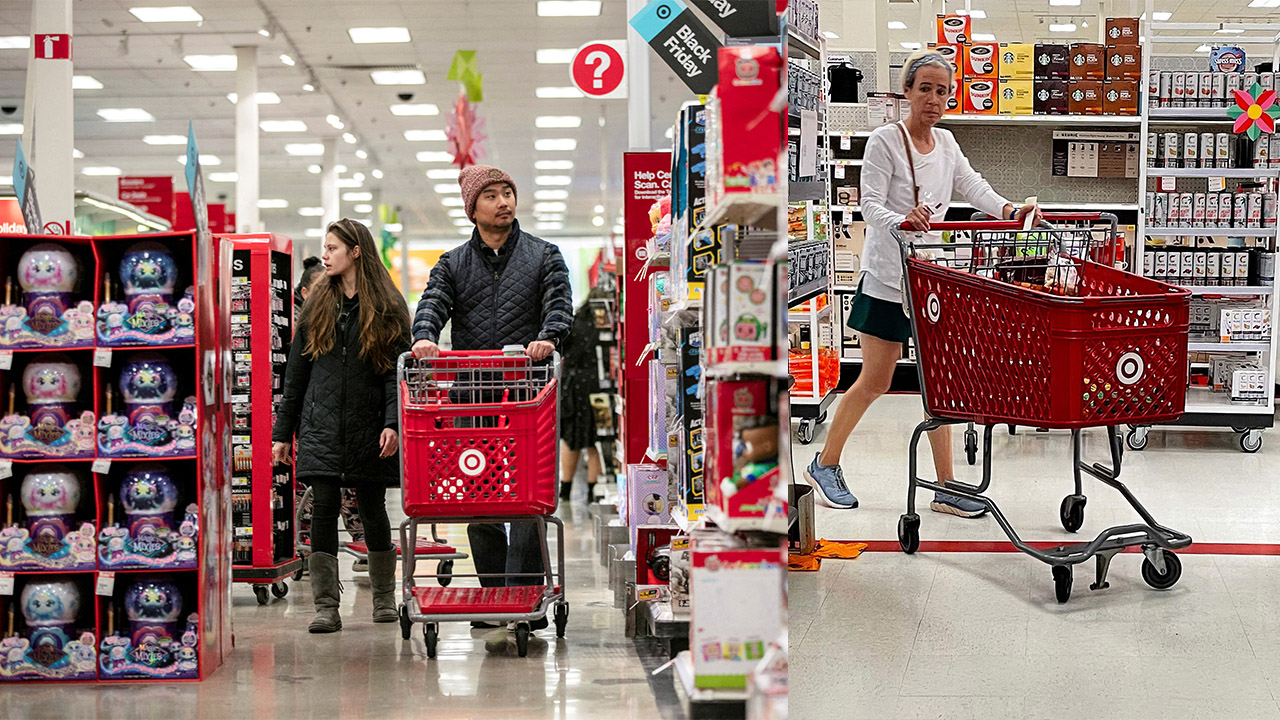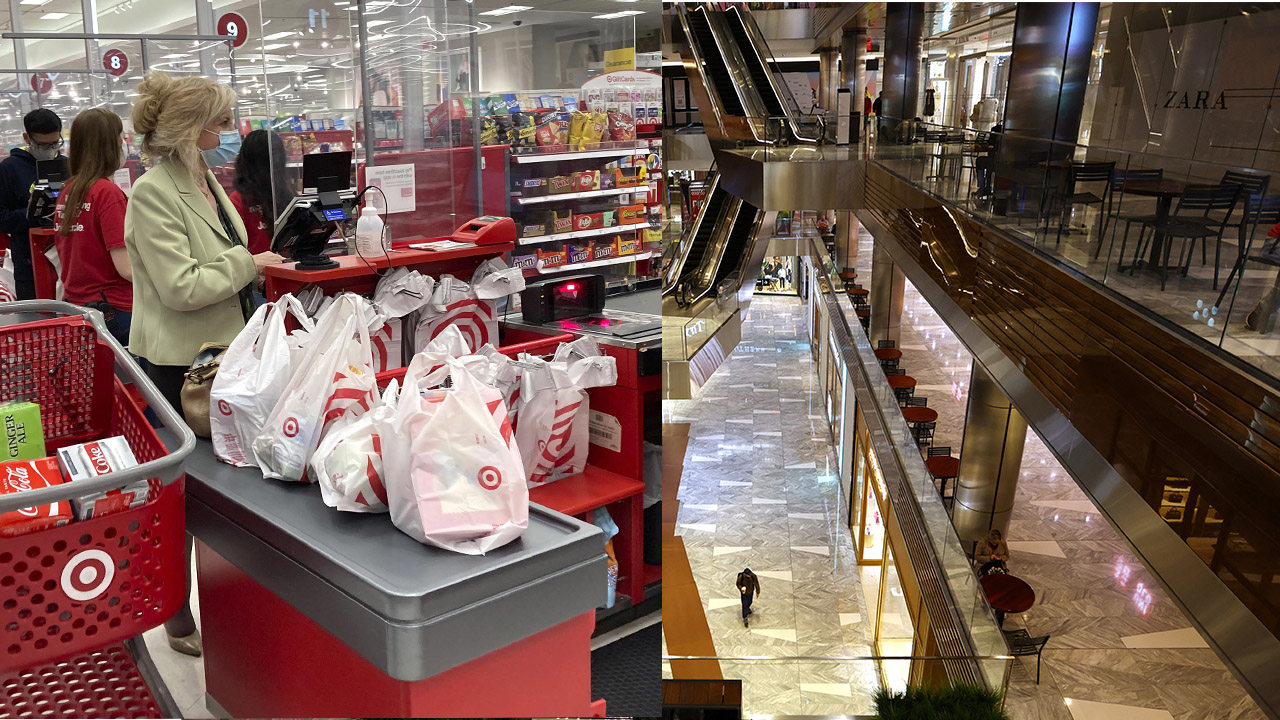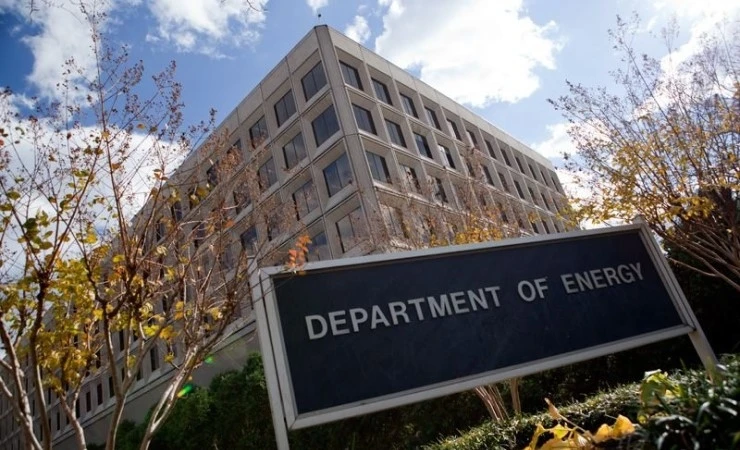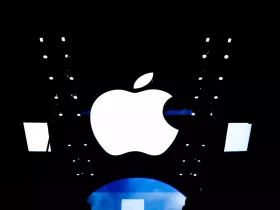Retail sales in April remained unchanged from March as inflation continued to have an impact and high interest rates made borrowing more challenging.
This figure, which fell well below economists’ expectations, followed a revised 0.6% increase in March, according to Commerce Department data released Wednesday. Sales had risen by 0.9% in February, following a 1.1% drop in January due in part to inclement weather.
When excluding gas prices and auto sales, retail sales fell by 0.1%. Online sales decreased by 1.2%, while business at electronics stores increased by 1.5%. Sales at home furnishings stores declined by 0.5%.
The data provides only a partial view of consumer spending as it excludes categories like travel and lodging. However, sales at restaurants, the lone service category tracked in the monthly retail sales report, rose by 0.2% from March.

There are some indications that the Federal Reserve’s efforts to curb inflation by reducing spending might be effective. Employers reduced hiring in April, adding 175,000 jobs—still a solid number but down sharply from the 315,000 hires in March.
Despite this, inflation remains a concern. Consumer inflation in the United States eased slightly last month after three months of increased readings, likely offering tentative relief to Federal Reserve officials and President Joe Biden’s re-election team.
Prices increased by 0.3% from March to April, the Labor Department reported on Wednesday, down slightly from a 0.4% rise the previous month. Year-over-year inflation decreased from 3.5% to 3.4%. Additionally, a measure of core inflation, which excludes volatile food and energy prices, also eased in April.
Inflation had been unexpectedly high in the first quarter of this year after a steady decline in the second half of 2023. The increased readings had dampened hopes that the worst inflation in four decades was being quickly controlled, affecting consumer confidence.
U.S. consumer sentiment fell to its lowest level in six months in May, with inflation and interest rates, along with rising concerns about unemployment despite a robust job market, cited as the main reasons.
Americans’ spending patterns provide insights into their mindset in an environment of plentiful jobs and higher costs. According to Adobe Analytics, online spending rose 7% in the first four months of the year, but much of this spending is on cheaper versions of personal care goods, electronics, clothing, furniture, and groceries.

People continue to spend, but they are increasingly looking for bargains.
The share of online sales for the cheapest apparel increased from 36% in April 2019 to 53% in the same month this year, according to Adobe. Meanwhile, the market share for the most expensive apparel more than halved, dropping to just 9% in the same period.
This trend is reflected in the latest quarterly financial reports from retailers.
Home Depot, the nation’s largest home improvement retailer, reported on Tuesday that sales declined for the third consecutive quarter to start 2024 as homeowners and prospective buyers struggled with higher mortgage rates and inflation.
Starbucks lowered its sales expectations for the year last month, citing a slowdown in visits to its coffee shops worldwide. The decline in spending at U.S. stores was worse than anticipated.
To address slowing sales, McDonald’s announced late last month that it will introduce more deals for customers after noticing that people were dining out less frequently in many of its major markets.







Leave a Reply